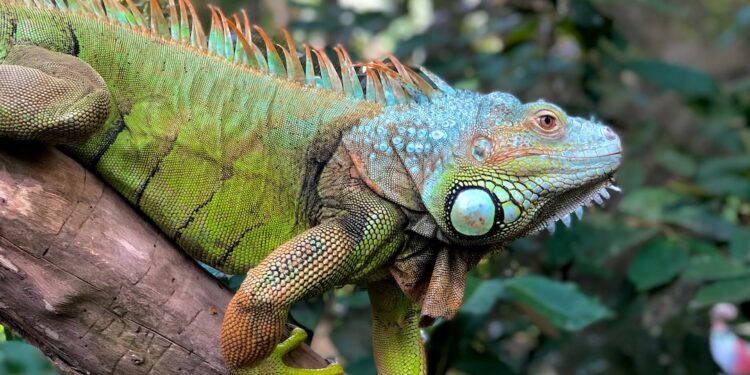The Threat of Illegal Wildlife Trade and Its Impact on Biodiversity
Illegal wildlife trade is a global issue that poses a significant threat to biodiversity. It involves the illegal collection, transportation, and trade of various species of animals and plants, both live and their parts. Unfortunately, the demand for exotic pets, animal products, and traditional medicines drives this destructive market, causing a devastating impact on the world’s biodiversity.
Biodiversity, or the variety of life on Earth, is essential for maintaining the balance of ecosystems and ensuring the survival of individual species. However, the illegal wildlife trade is pushing many species towards extinction, disrupting ecosystems, and threatening the existence of countless living organisms.
One of the most significant impacts of illegal wildlife trade is the decline in global biodiversity. Many species, including mammals, birds, reptiles, and fish, are poached relentlessly to satisfy the demand for exotic pets. These animals are often trapped in cruel conditions, transported in squalid containers, and subjected to numerous health risks. The removal of these species from their natural environments disrupts the delicate balance of ecosystems, leading to cascading effects throughout the food chain and the loss of biodiversity.
For example, the demand for ground-dwelling birds, such as parrots and cockatoos, as pets has drastically reduced their populations in the wild. Poaching these birds has severe consequences, not only for the species themselves but also for the plants they rely on for food. Many bird species play a crucial role in seed dispersal, helping to regenerate forests and maintain the structural integrity of ecosystems. When these bird populations decline, it can lead to a decline in forest health and negatively impact other species that depend on those habitats.
Another devastating impact of illegal wildlife trade is the loss of iconic species. The demand for products derived from endangered animals, such as elephant ivory, rhino horn, and tiger bones, has driven these species to the brink of extinction. Elephants are heavily poached for their ivory tusks, resulting in a significant decline in their populations. This not only threatens the survival of these majestic creatures but also disrupts the balance of savannah and forest ecosystems in which they play a vital role.
Moreover, illegal wildlife trade affects not only terrestrial species but also marine life. Sharks, turtles, and seahorses are among the marine species targeted for their meat, fins, shells, or as ingredients in traditional medicines. These species are harvested in large numbers, often in unsustainable ways, leading to imbalances in marine ecosystems. The loss of predators like sharks can disrupt the entire food chain, affecting the abundance and diversity of other marine organisms.
It is crucial to acknowledge that the illegal wildlife trade is not only an environmental issue but also a social and economic problem. It fuels organized crime, corruption, and threatens local communities that depend on wildlife for their livelihoods. Tackling this trade requires international cooperation, law enforcement, and addressing the root causes that drive the demand.
Various initiatives have been implemented to combat illegal wildlife trade, such as increasing law enforcement efforts, raising awareness, and reducing demand for wildlife products. International agreements, such as the Convention on International Trade in Endangered Species of Wild Fauna and Flora (CITES), play a crucial role in regulating and monitoring the legal trade of wildlife. However, more needs to be done to ensure the long-term protection of biodiversity.
In conclusion, the threat of illegal wildlife trade is a major concern that significantly impacts biodiversity. The demand for exotic pets, animal products, and traditional medicines drives this destructive market, causing a decline in global biodiversity and putting countless species at risk of extinction. Tackling illegal wildlife trade requires concerted efforts from governments, organizations, and individuals to protect our natural heritage and ensure the preservation of our planet’s biodiversity for future generations.













